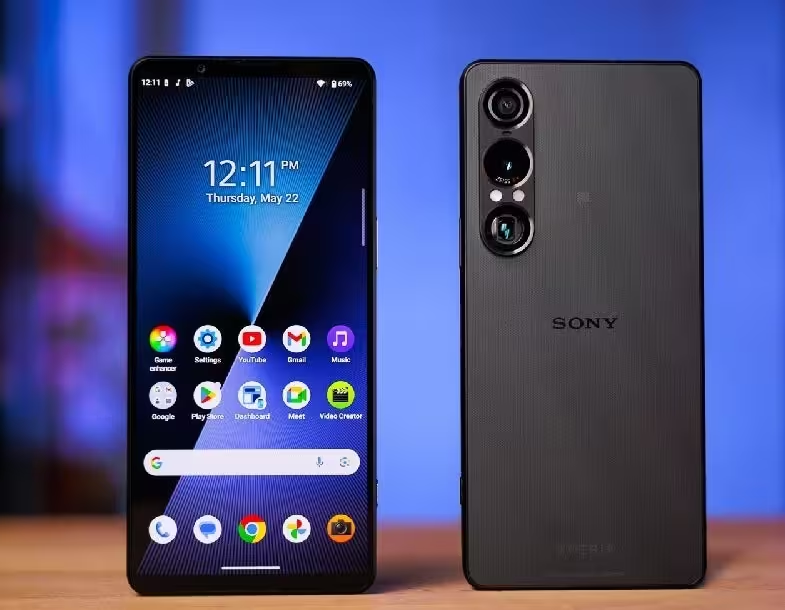4 Minutes
Sony Transitions Xperia Flagship Production to External Partners
Sony is making a significant change to its long-standing smartphone strategy. According to recent reports from Japan, the tech giant will no longer manufacture its popular Xperia flagship smartphones in-house. Instead, Sony has decided to entrust the production of its high-end Xperia devices to third-party manufacturers. This move marks a noteworthy turning point for Sony in the fiercely competitive global smartphone market.
Reasons Behind the Strategic Shift
Despite Sony’s innovative technology and status as a leading electronics brand, the company's presence in the smartphone segment has dwindled. Market share estimates suggest Sony’s smartphone division currently holds less than 1% worldwide. To streamline operations and optimize costs, Sony will transition exclusive manufacturing rights for Xperia flagship smartphones to external partners. This new production strategy is expected to offer greater flexibility and sustainability in a rapidly evolving industry.
Factory Changes and the Arrival of Xperia 1 VII
Previously, flagship Xperia devices were assembled at three Sony facilities: two located in Thailand and one situated in China. However, official updates from Sony’s manufacturing sites indicate that none of these plants are listed as smartphone assembly locations anymore. The newly launched Xperia 1 VII will take the distinction of being the first Xperia flagship produced under this outsourced manufacturing model. The Xperia 1 VII, recently reviewed and rated a 7.2 out of 10, demonstrates that Sony remains committed to premium smartphone features, even if it no longer builds the devices itself.
Pricing and Market Availability
For global consumers, it’s important to note that the Xperia 1 VII comes with a premium price tag of £1,399 for the 256GB storage model— matching last year's base model price. While some may expect cost savings with outsourced production, there is no indication that the new arrangement will lower consumer prices for Sony’s flagship smartphone.
Market Accessibility and 5G Compatibility
Notably, for the second year in a row, Sony has chosen not to release its flagship Xperia models in the United States. The lack of partnerships with major U.S. wireless carriers has hindered the adoption of Xperia smartphones in what is the world’s third-largest smartphone market. Nevertheless, global versions of the Xperia 1 VII are available for purchase through major online retailers like Amazon and are optimized for the GSM network.
For T-Mobile users, the Xperia 1 VII supports essential 5G bands, including the crucial n41 2.5GHz band utilized for Ultra Capacity 5G, and n71, which enables nationwide 5G coverage over low-band 600MHz spectrum. Prospective buyers should look for the XQ-EC64 model to ensure optimal compatibility with T-Mobile’s frequencies, covering 7 out of 12 supported bands, including sub-6GHz and mmWave. For AT&T, compatibility is somewhat limited, with the XQ-EC72 variant (aimed at Asia-Pacific markets) offering access to 10 of AT&T’s 17 5G bands, including both the 850MHz nationwide and C-band mid-band frequencies.

Product Features and Competitive Positioning
Sony’s Xperia line remains acclaimed for its advanced imaging capabilities, premium displays, and elegant industrial design. The company leverages its strengths as a major supplier of smartphone camera sensors— currently holding a commanding 55% global market share, with projections to hit 60% this year. This leadership in image sensor innovation continues to set Xperia flagships apart, especially for consumers seeking professional-grade photography and videography on mobile devices.
Legacy, Advantages, and Use Cases
Sony’s enduring reputation in consumer electronics, built on legendary products like the Walkman and PlayStation, assures users that excellence and innovation remain core to its brand. Xperia smartphones cater to enthusiasts and professionals who demand cutting-edge mobile technology, robust multimedia features, and seamless integration with Sony’s broader digital ecosystem, which includes cameras, audio devices, and gaming platforms.
The Future of Xperia in an Evolving Smartphone Landscape
With outsourced manufacturing, Sony is adapting to market realities without abandoning its ambition to influence the future of mobile innovation. By focusing on design, research, and proprietary technology— while leaving hardware assembly to specialized partners— Sony can continue to deliver distinctive Xperia experiences to consumers seeking high-end Android devices.
As global demand for next-generation smartphones continues to shift, Sony’s strategic move may help ensure the Xperia brand’s relevance among tech-savvy users and advance the broader industry’s evolution.



Comments